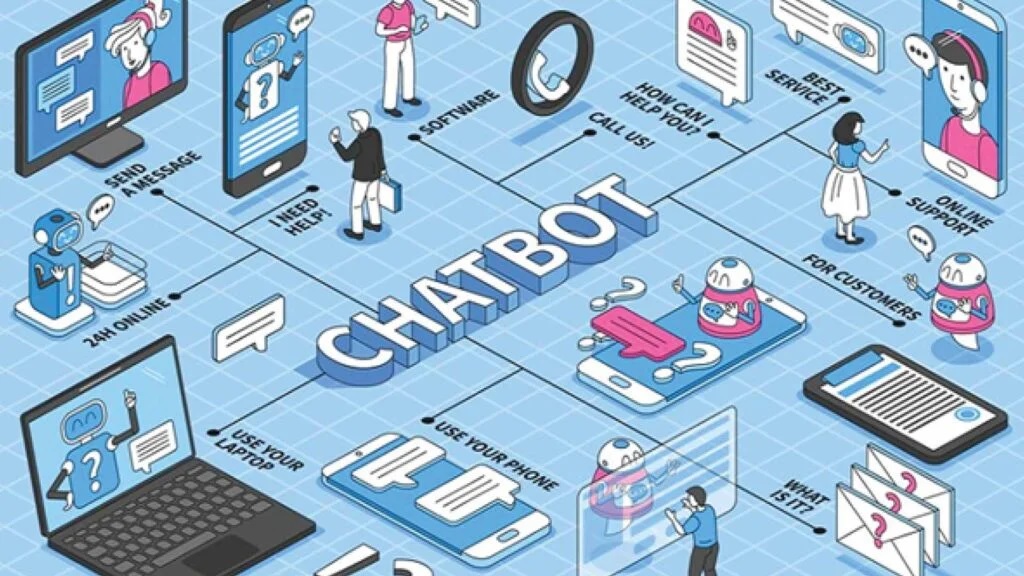What is your vision for the future of robotics and its potential to further transform industries, education, and society as a whole?
Robotics has significant transformative potential. They will make industries more efficient and adaptable, introducing new business models and changing how sectors like healthcare and manufacturing operate. Robots can address challenges like elder care and urban efficiency.
They can also offer students hands-on learning, making education more tailored and effective. It’s not just about learning robotics; it’s about learning with them.
My vision for the future of robotics includes machines working alongside us, specifically in a more inclusive, equitable, and innovative world where technology amplifies the best of human capabilities.
Can you please provide a brief overview of RobotLAB and its significance in the field of robotics?
Since its founding in 2007, RobotLAB has provided turnkey robotics solutions to companies of all sizes in industries including foodservice, hospitality, banking, education, assisted-living, education, cleaning, delivery and hospitals. Our talented team of roboticists has effectively deployed thousands of robots that have provided businesses with a clear path to the successful and highly specialized integration of robotics solutions.
As labor becomes increasingly expensive and scarce, we help businesses harness the power of robotics to improve bottom-line and employee retention by reallocating routine tasks to automated technologies. Our team oversees all aspects of the robotics integration process – from sales, tailored programming, on-site integration and repairs – to ensure businesses can access and understand solutions that will dramatically improve their performance. To improve the availability of robotics access nationwide, we recently launched a first-of-its-kind robotics integration franchise opportunity in 40 U.S. states, with the remainder set to clear before the end of 2023.
How do you see the relationship between humans and robots evolving as technology continues to advance?
As technology advances, the relationship between humans and robots will become more collaborative. Robots are tools, designed to enhance human capabilities. As they become more integrated into our daily lives, they’ll be seen less as distant machines and more as extensions of our own capacities.
In education, for instance, robots will serve as learning aids, making educational experiences more personalized and interactive. In industries, they will work alongside humans, taking on repetitive tasks and allowing us to focus on more value-added activities.
Elad Inbar is the founder and CEO of RobotLAB, a unique company dedicated to making robots smart and useful in multiple industries, including education, hospitality, restaurants, hotels, assisted living facilities, etc. His current ventures in robotics and education have received wide publication and recognition in Time Magazine, The New Yorker, Tech Crunch, IEEE, NBC, Financial Times, Fast Company, CNET, San Francisco Chronicle and other media outlets. He shares his experience as a keynote speaker in many events such as SxSW, National Restaurant Association, Florida Lodging and Restaurant Association, and TCEA, ACTE, FETC and many others. Elad also sits on the Forbes Technology Council.
To Know More, Read Full Interview @ https://ai-techpark.com/aitech-interview-with-elad-inbar/








